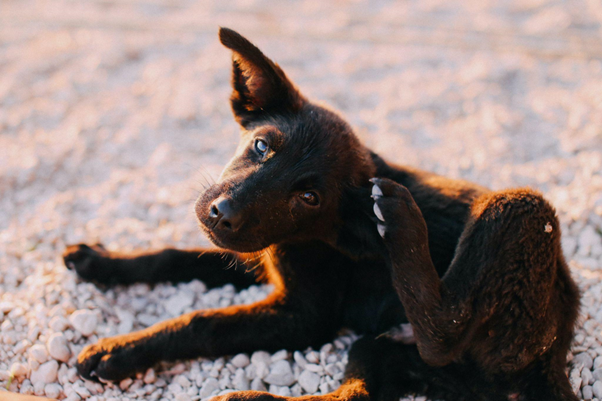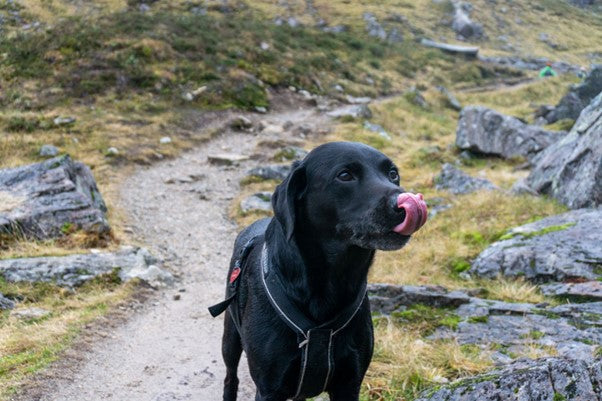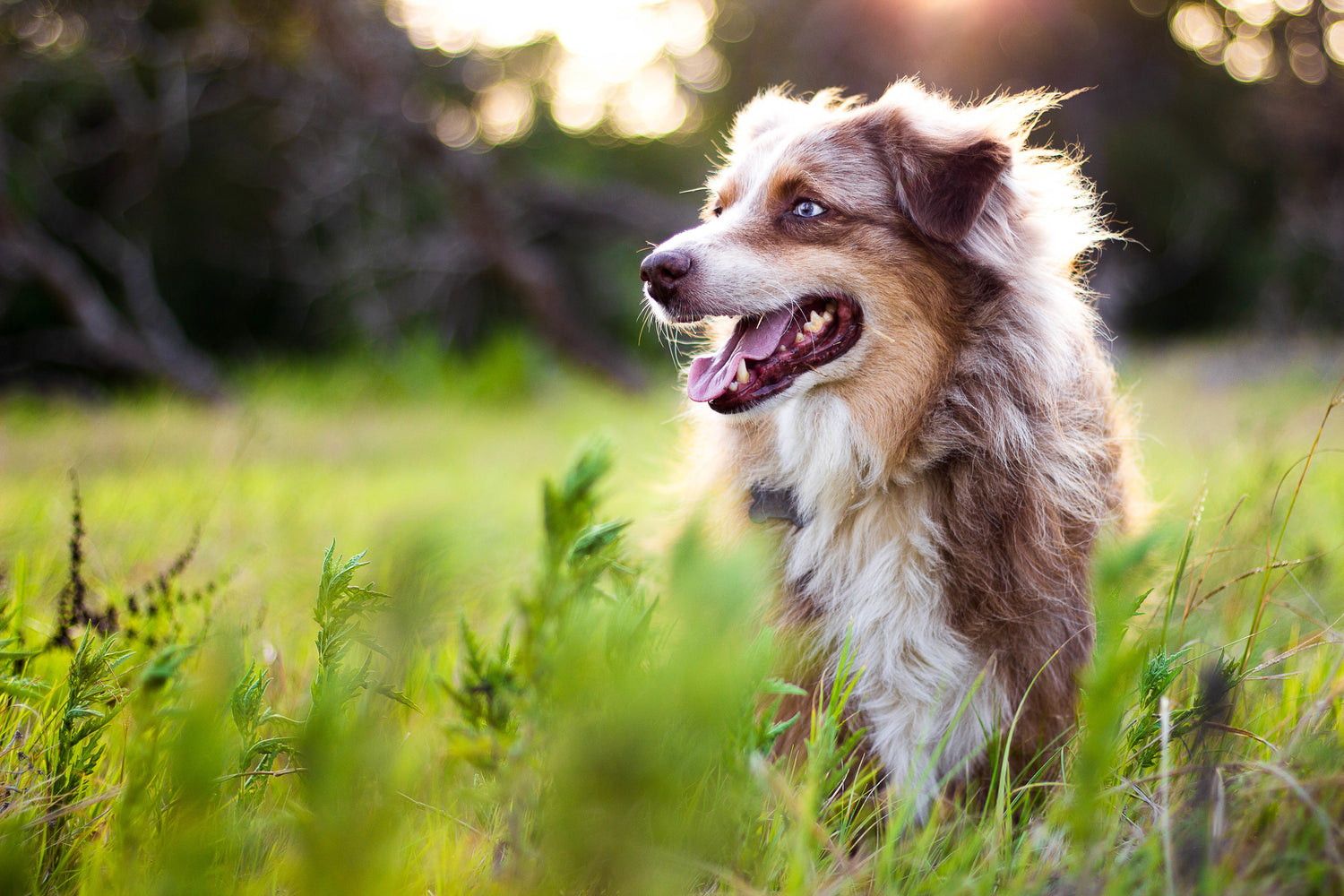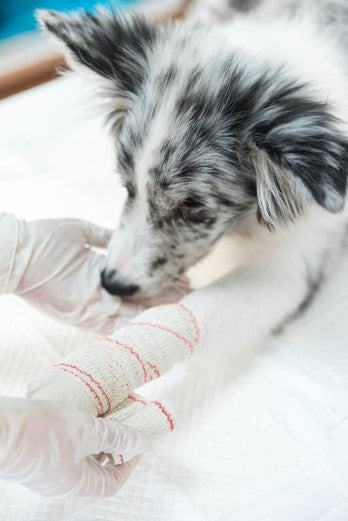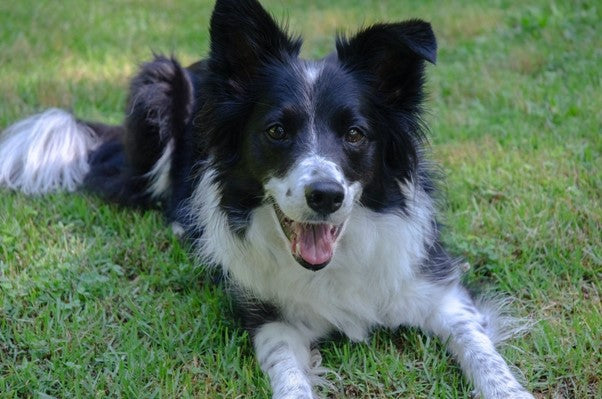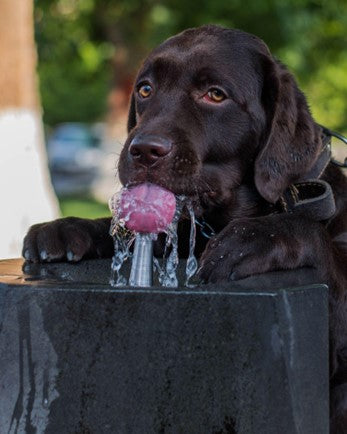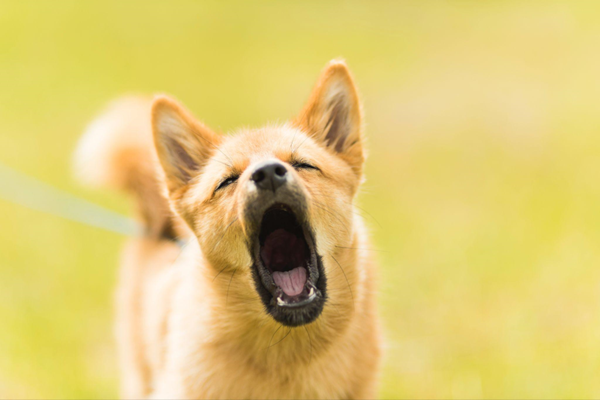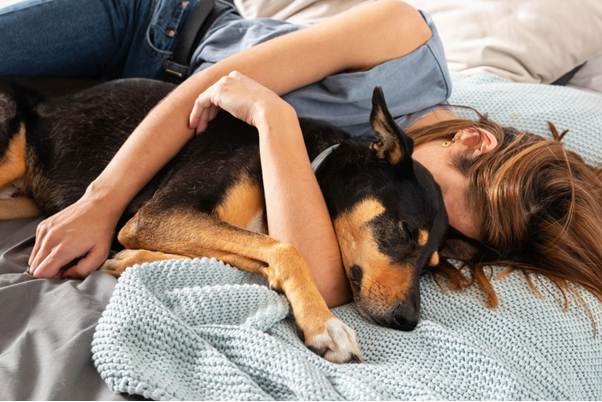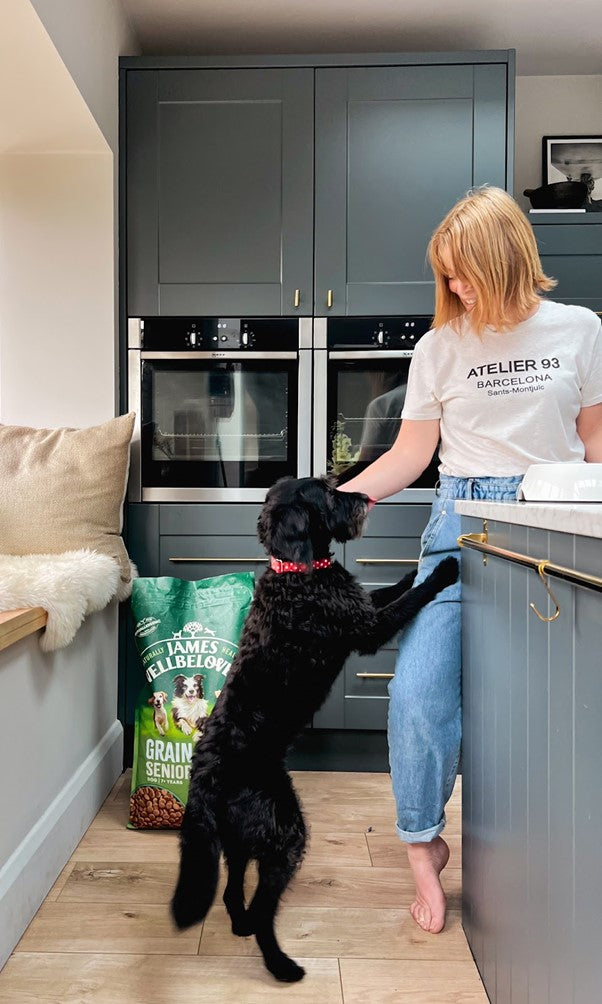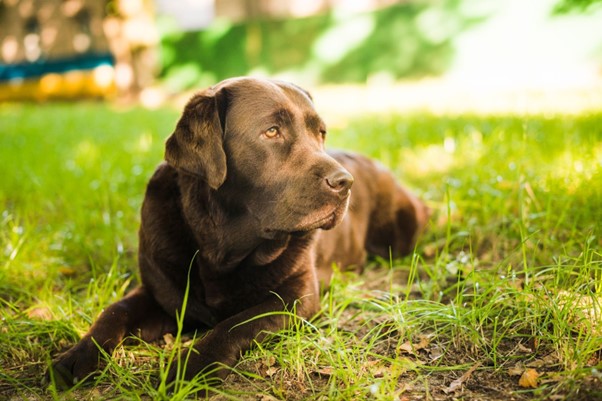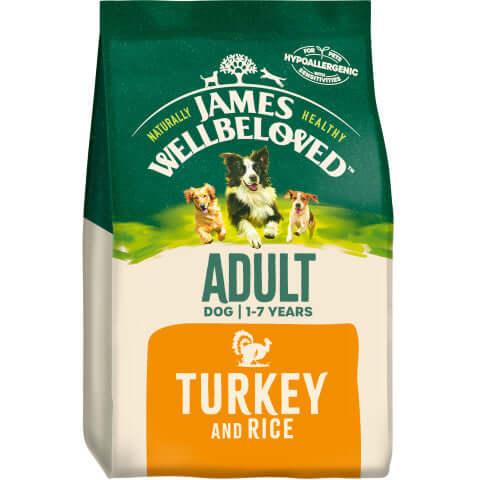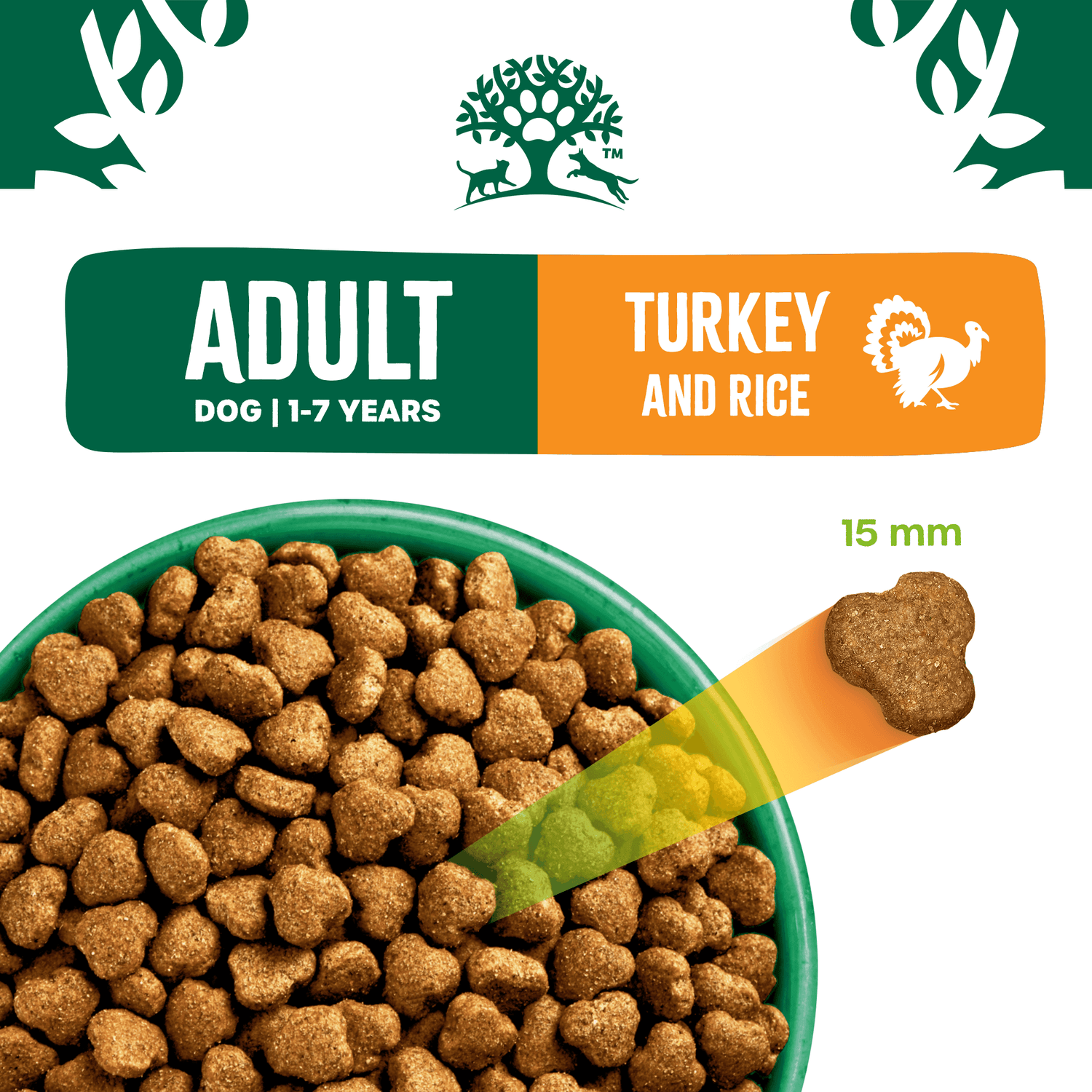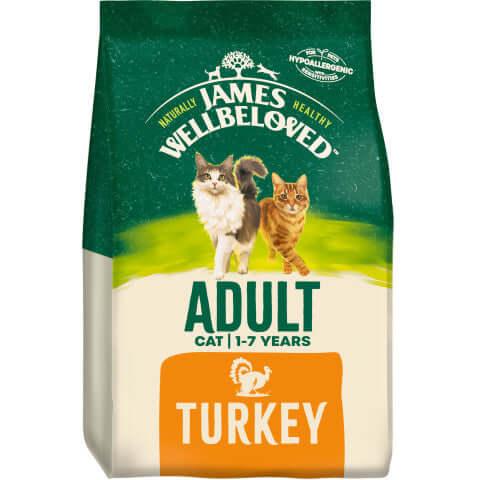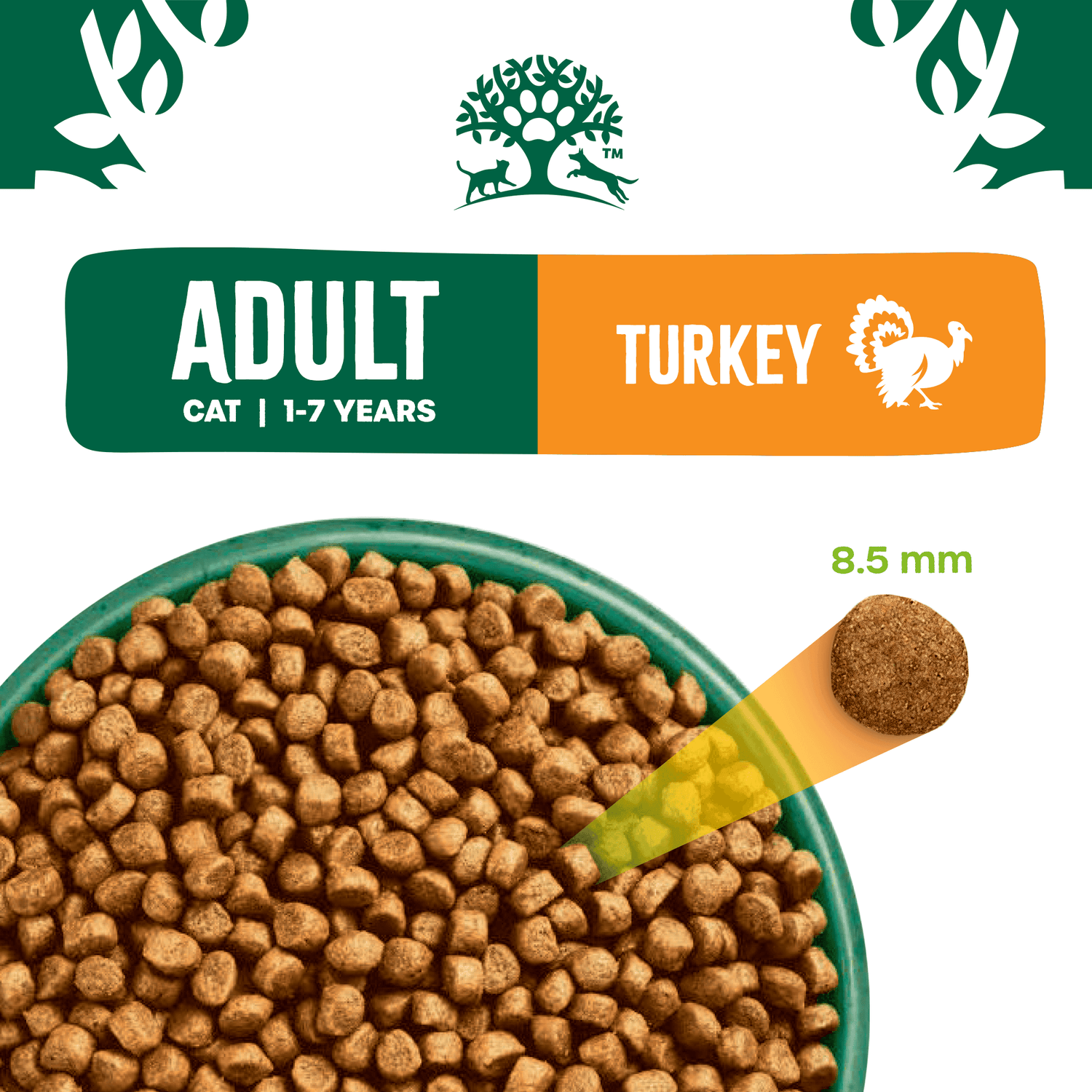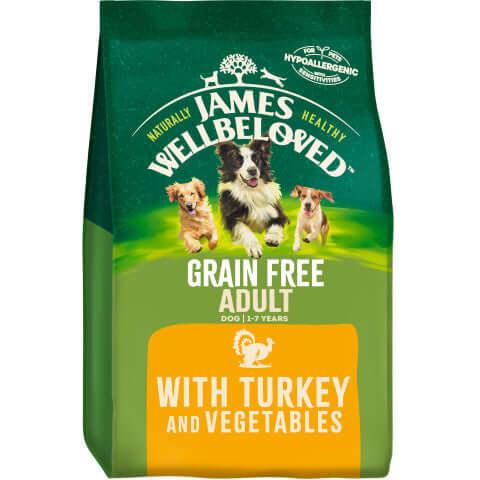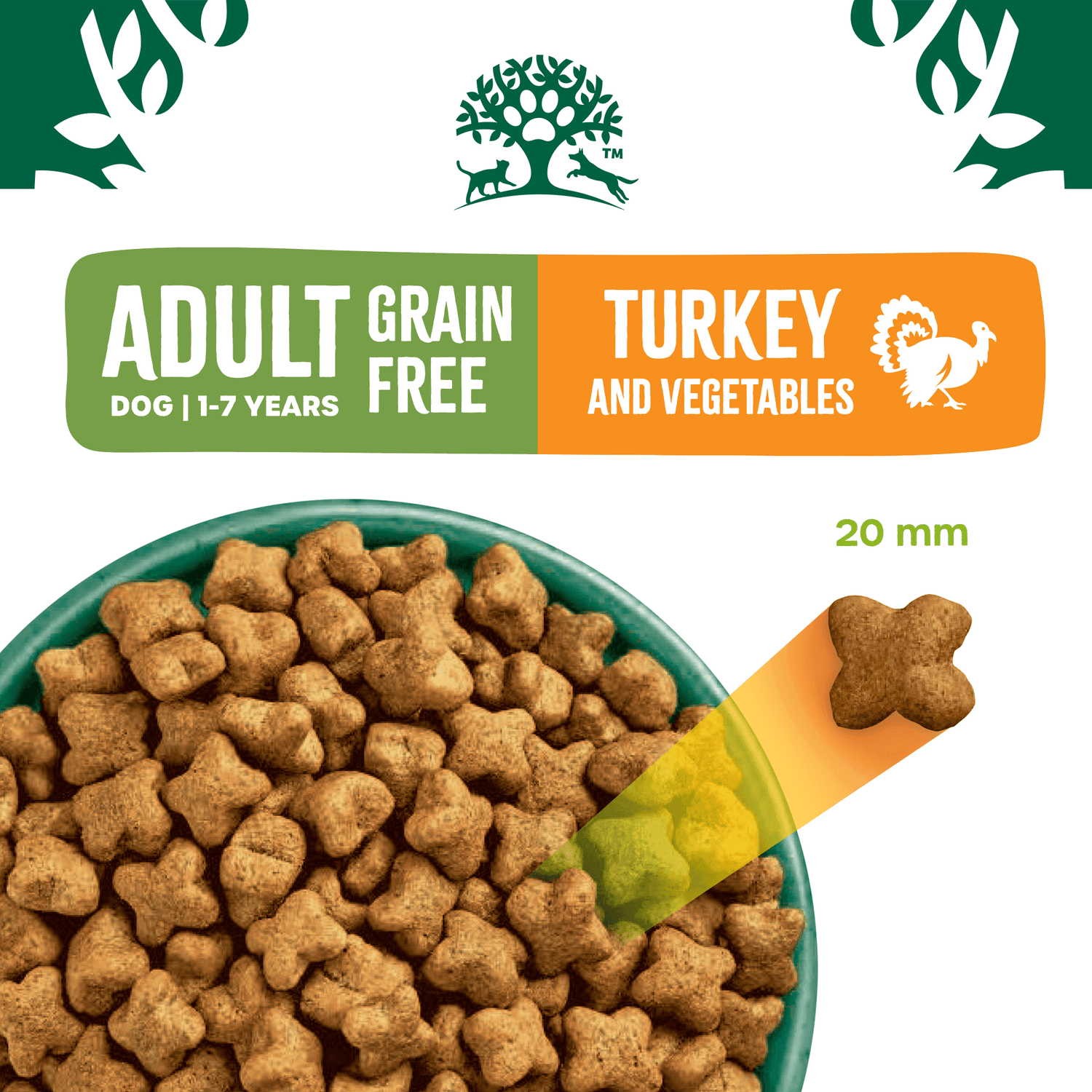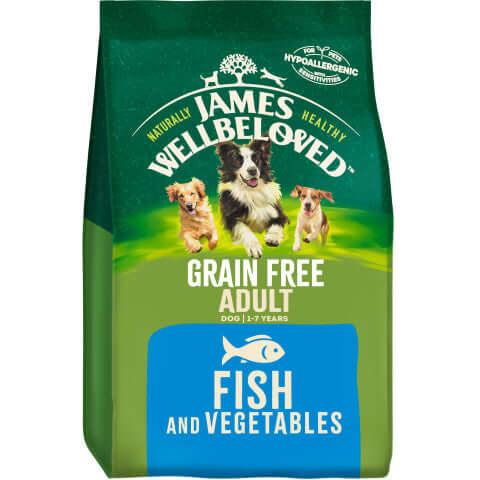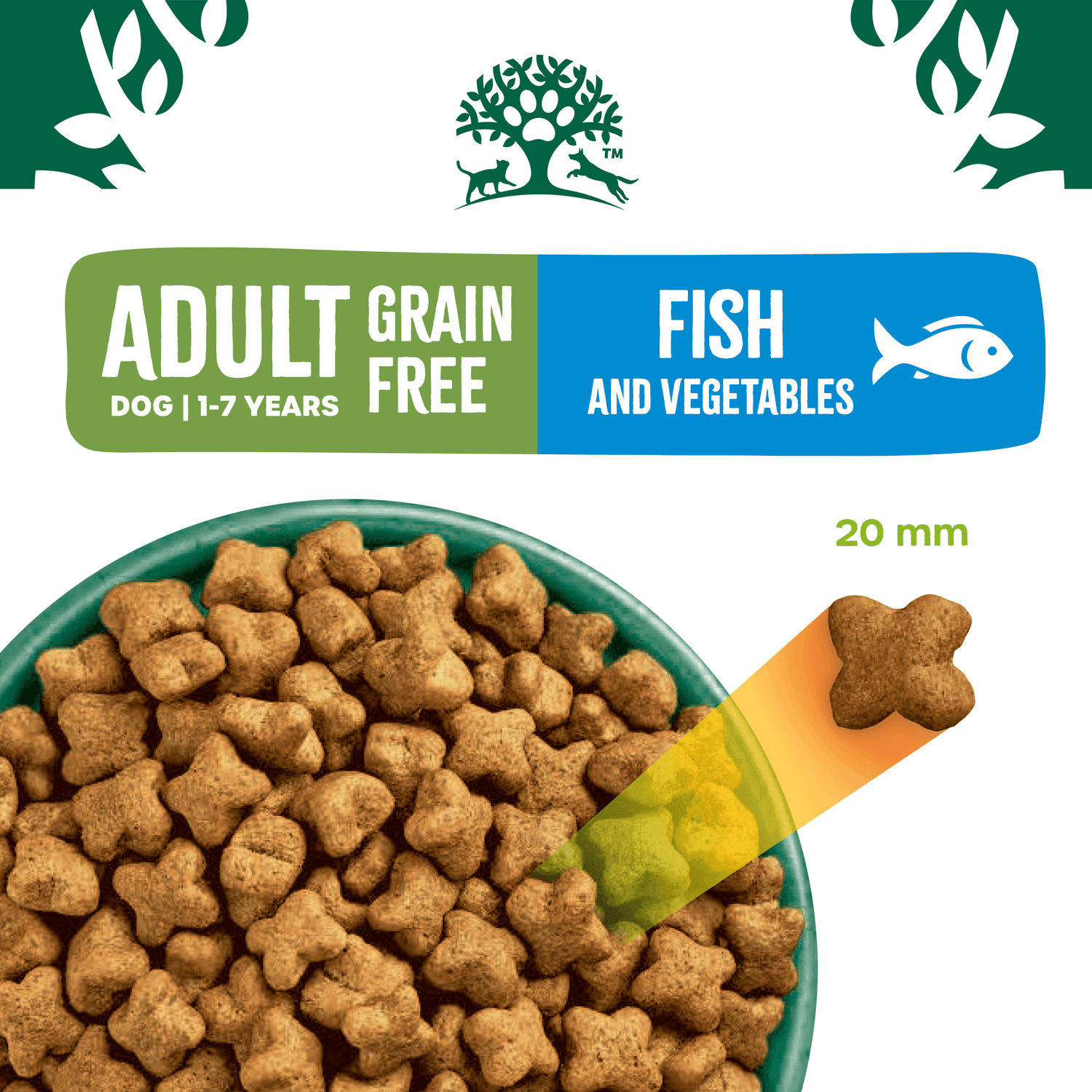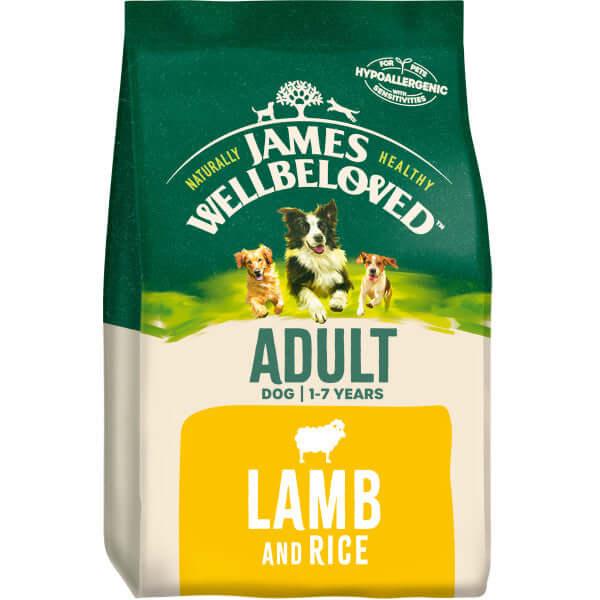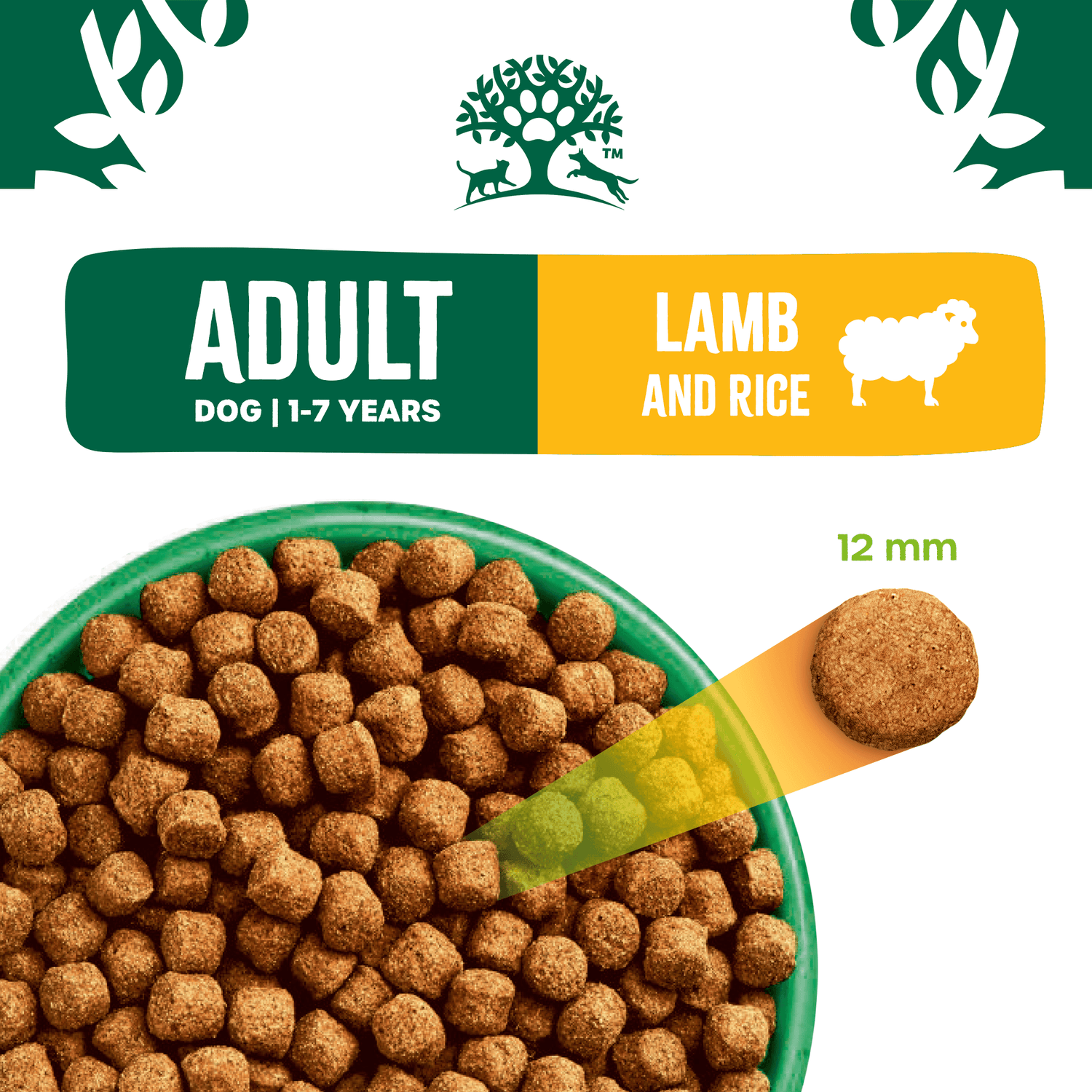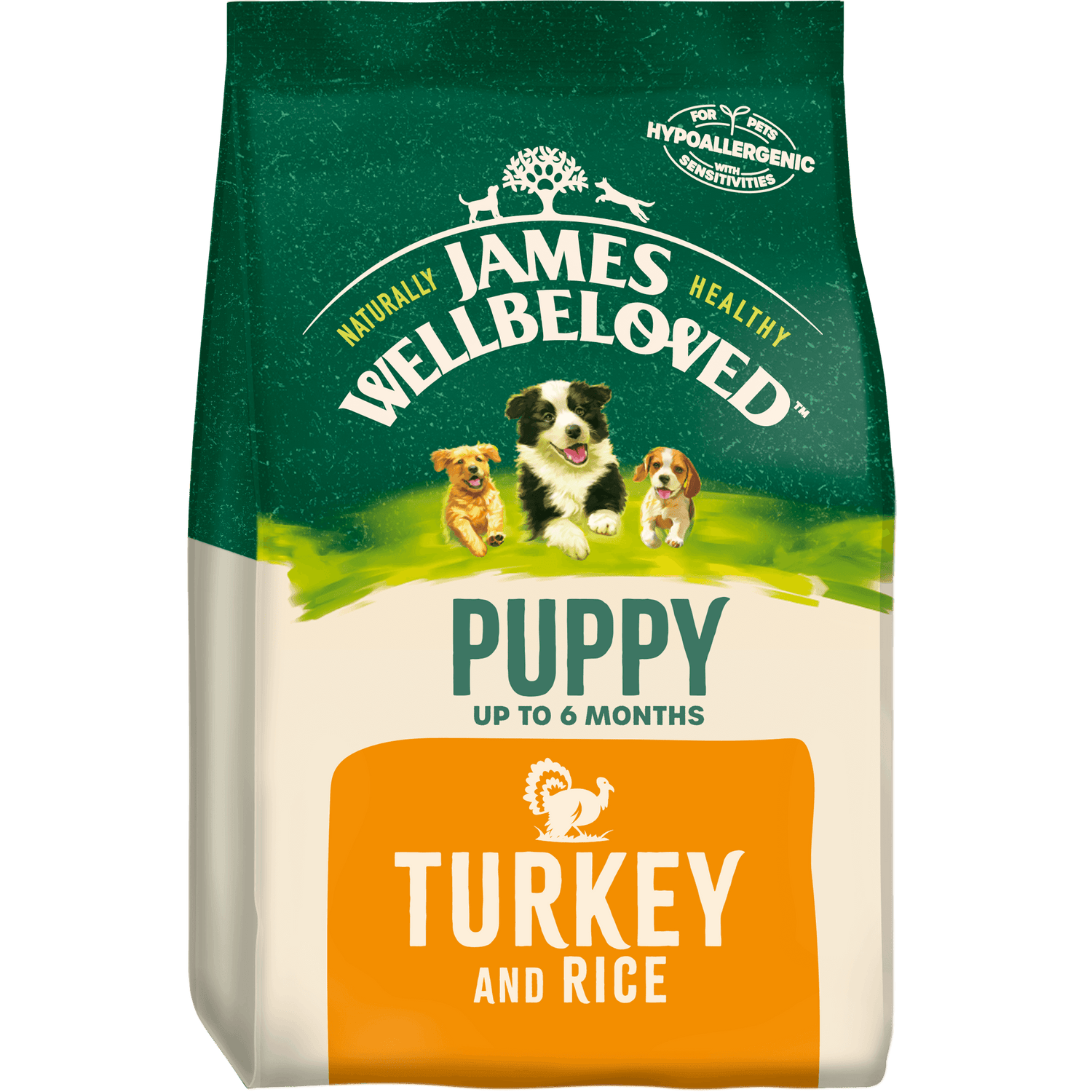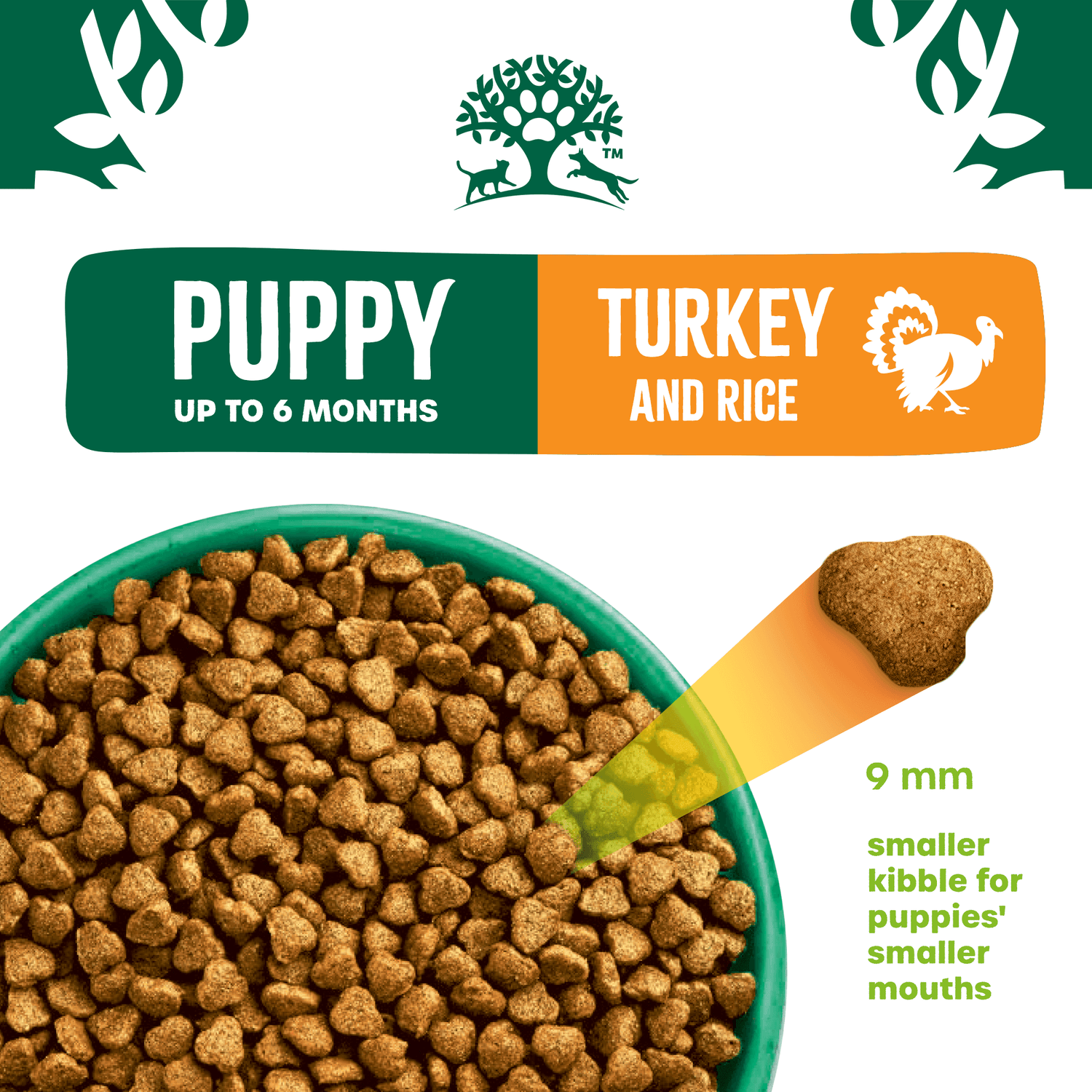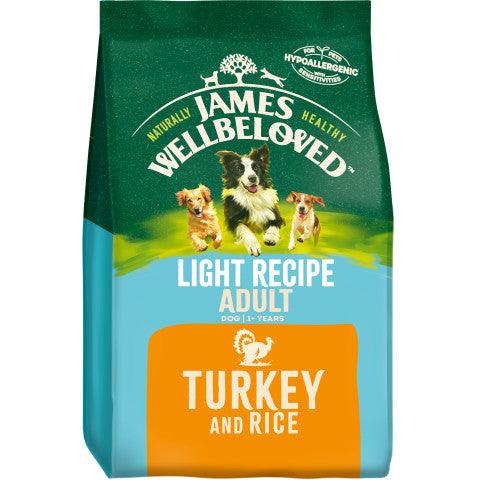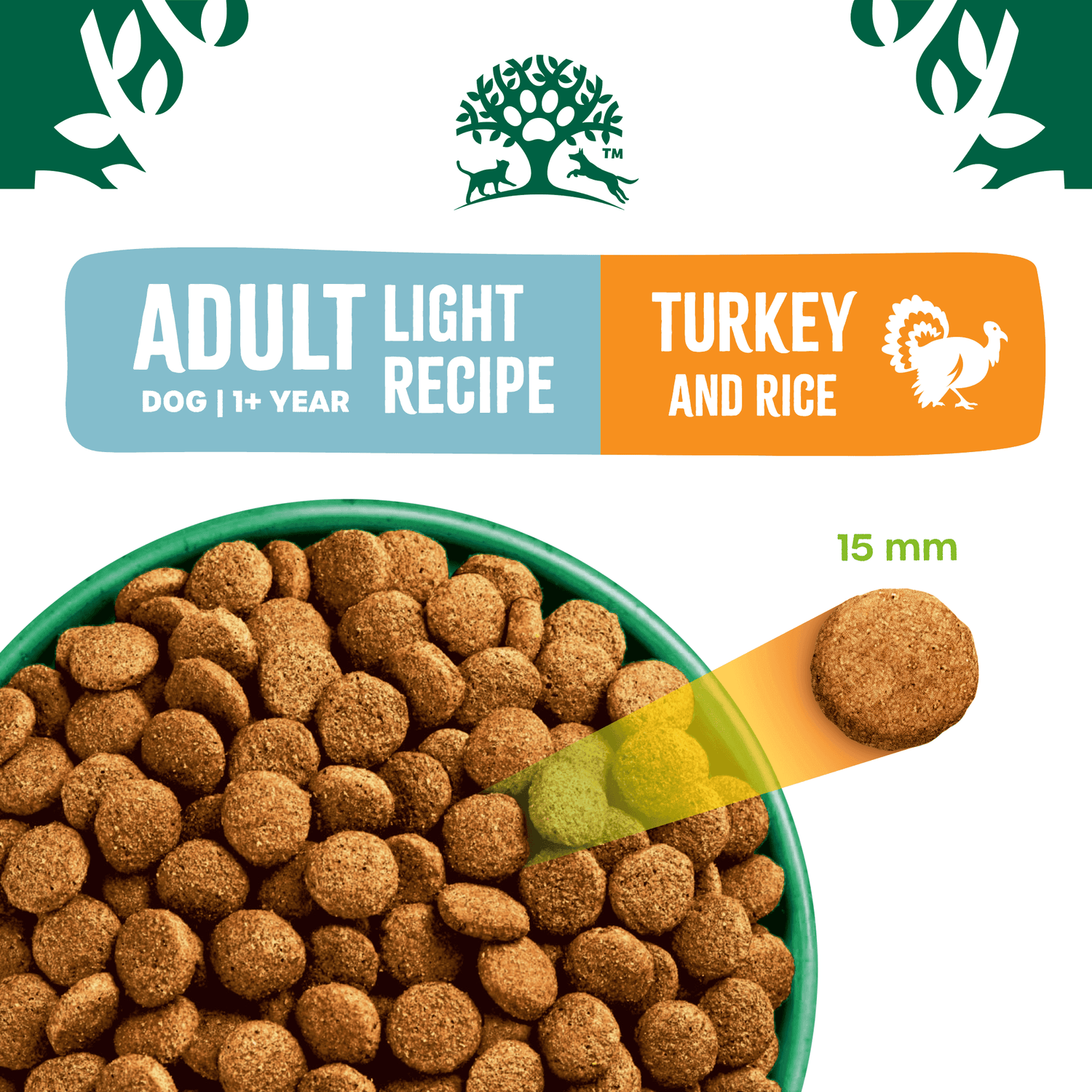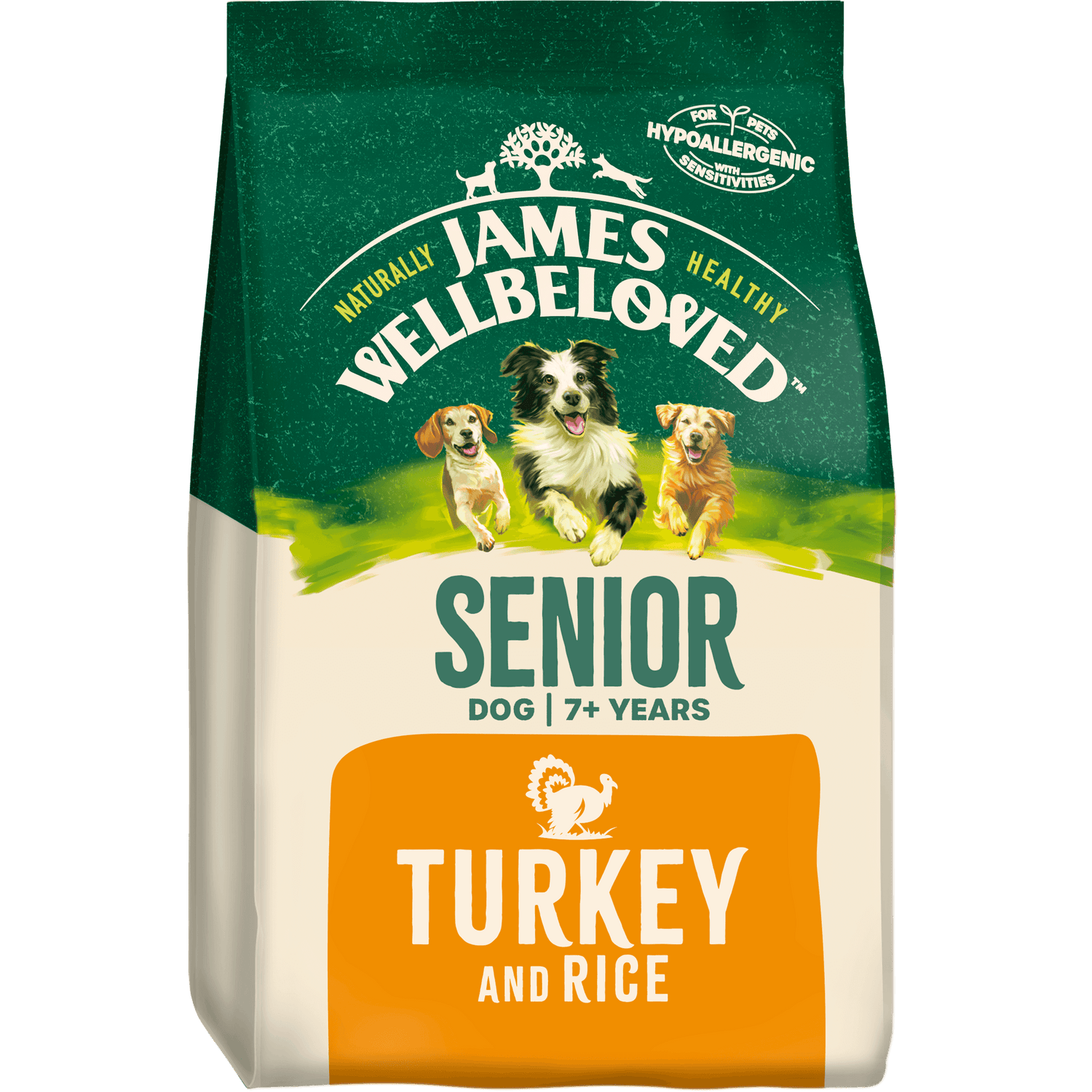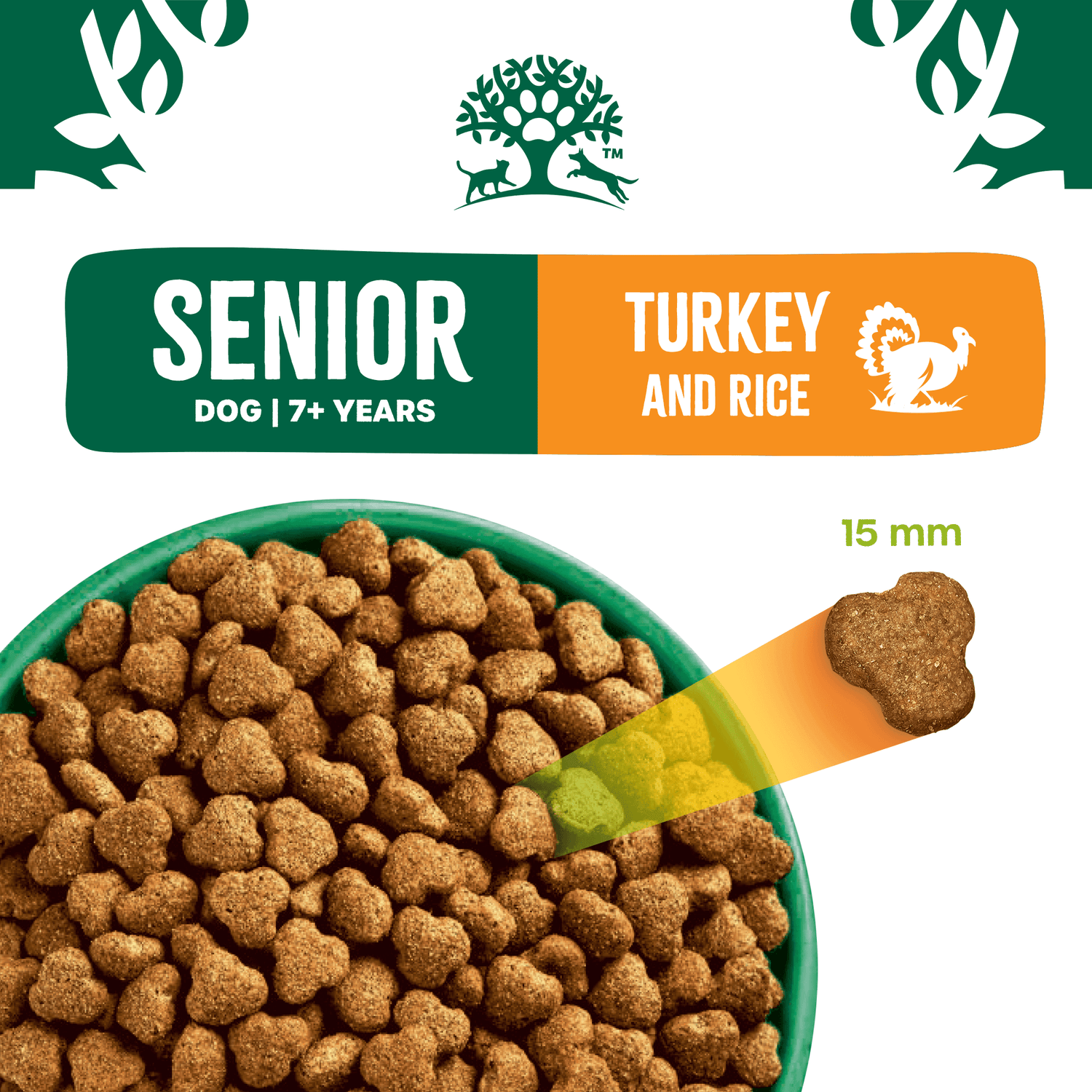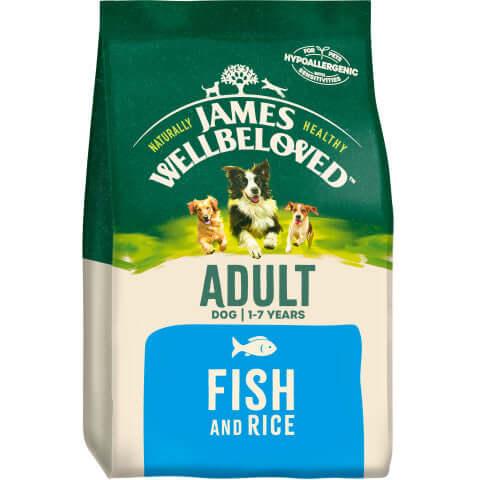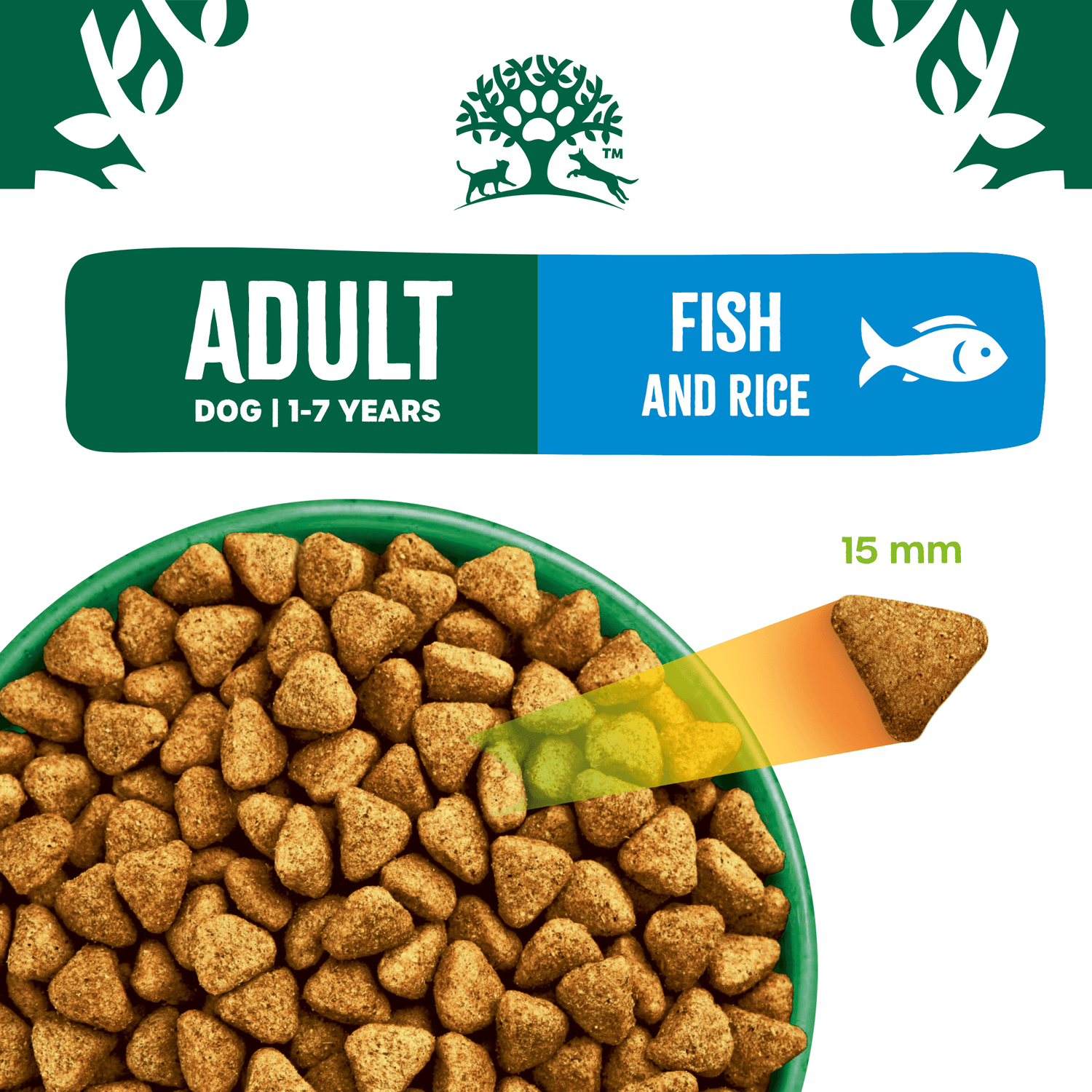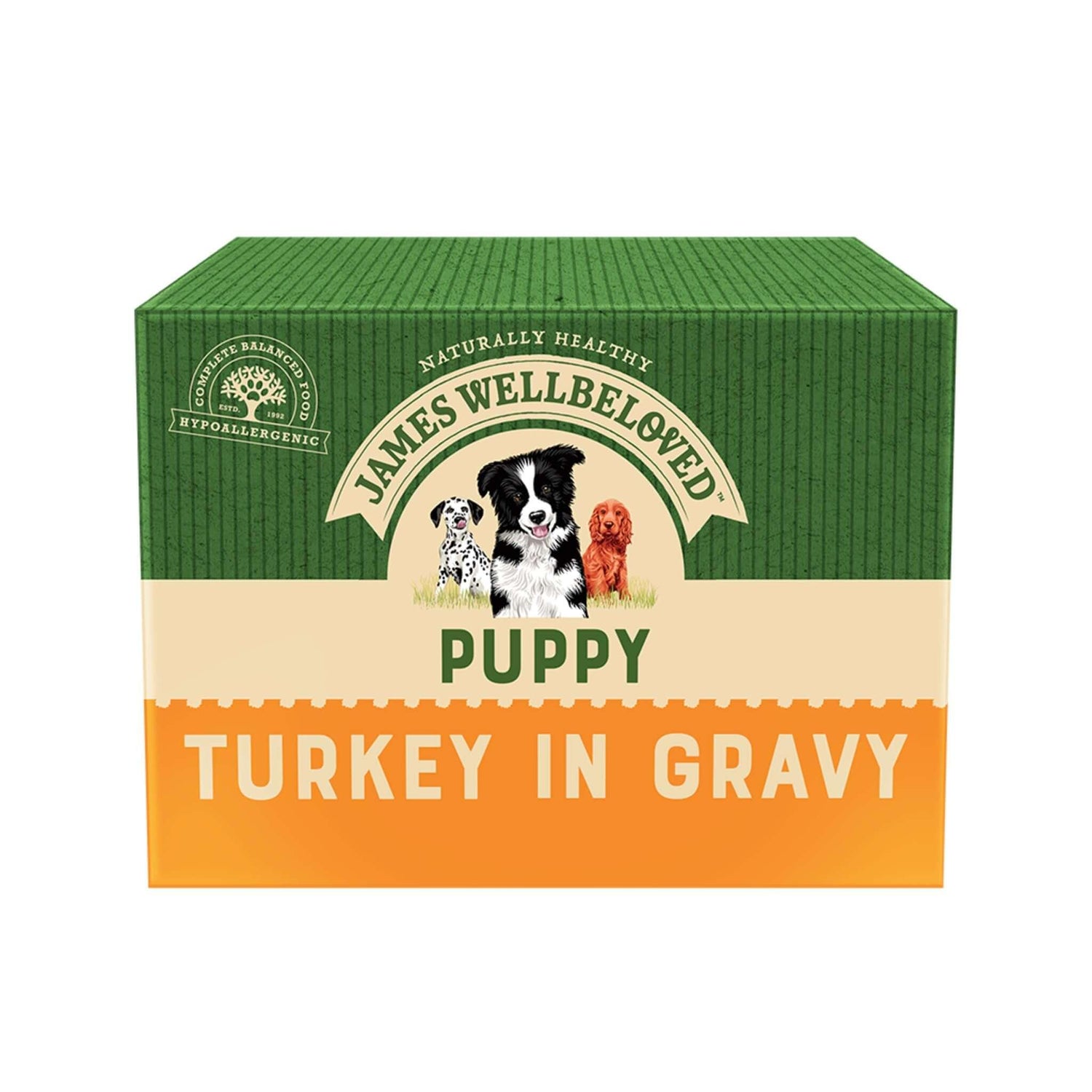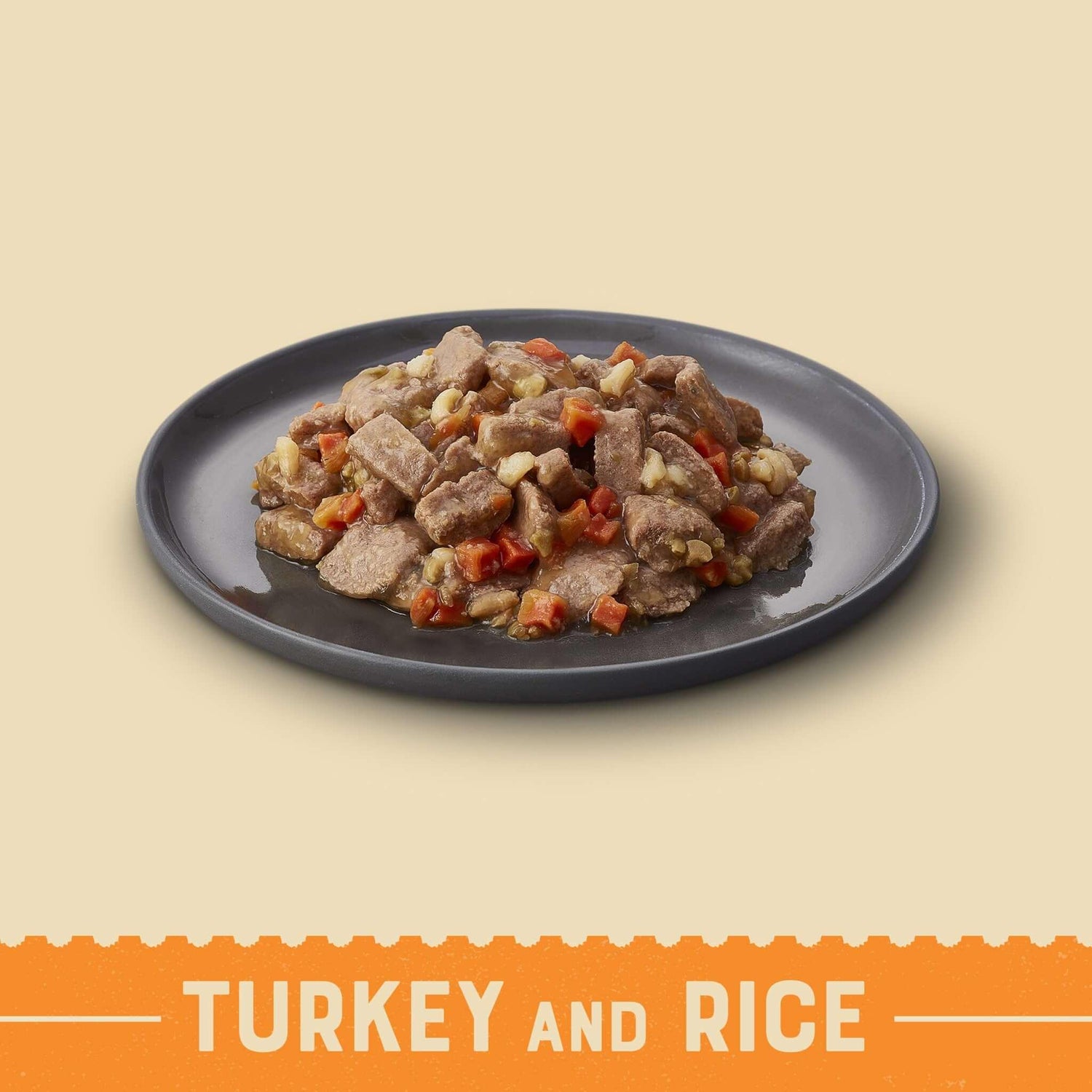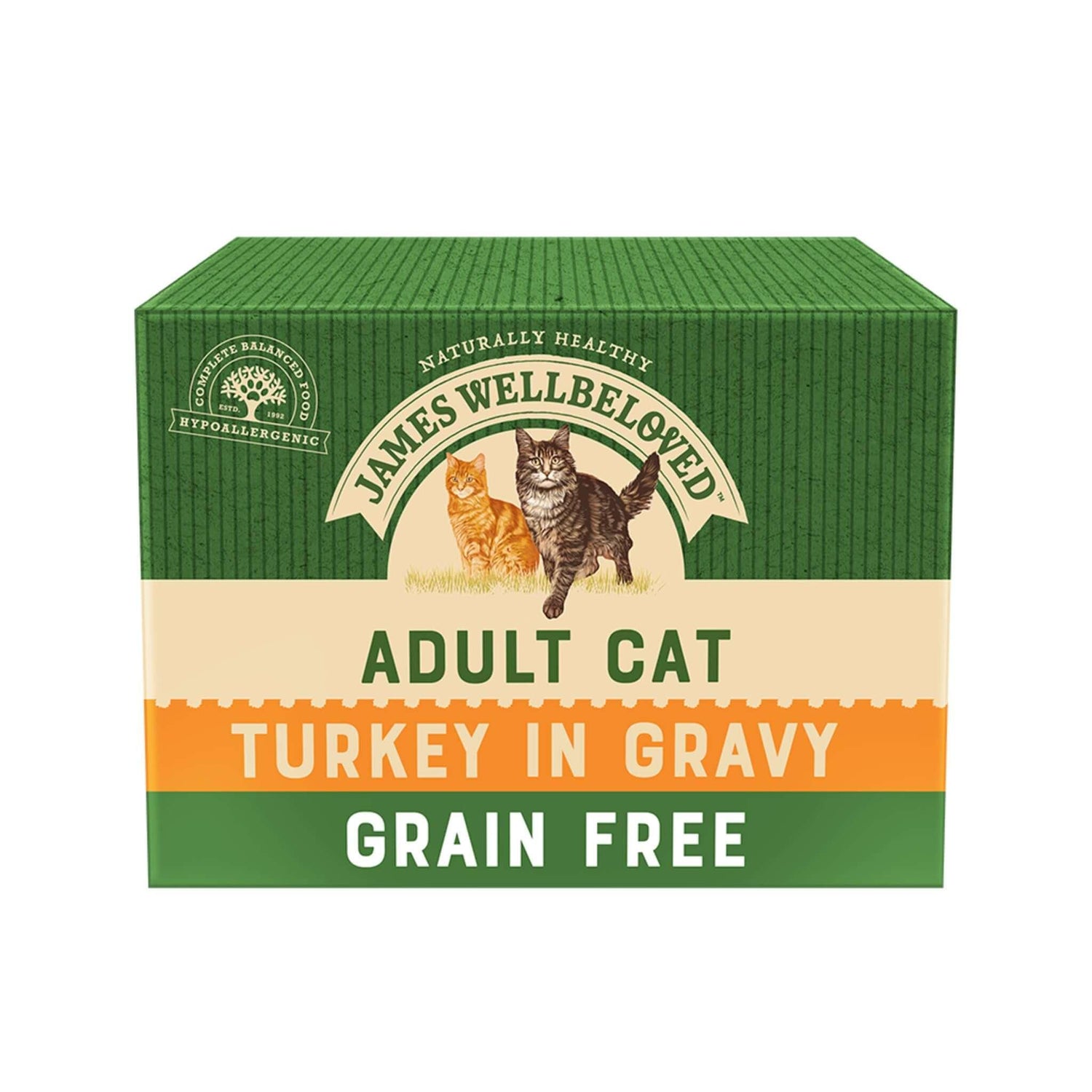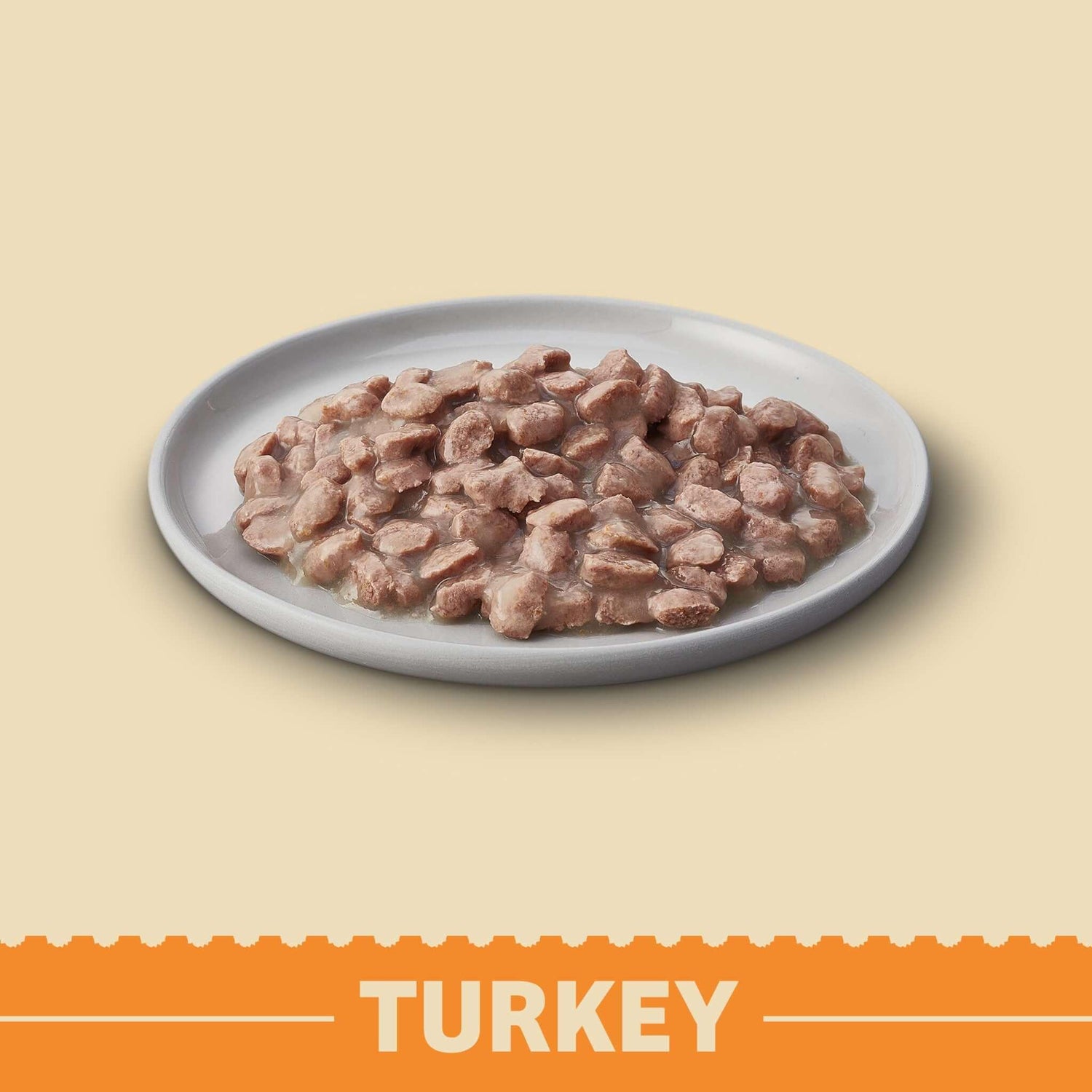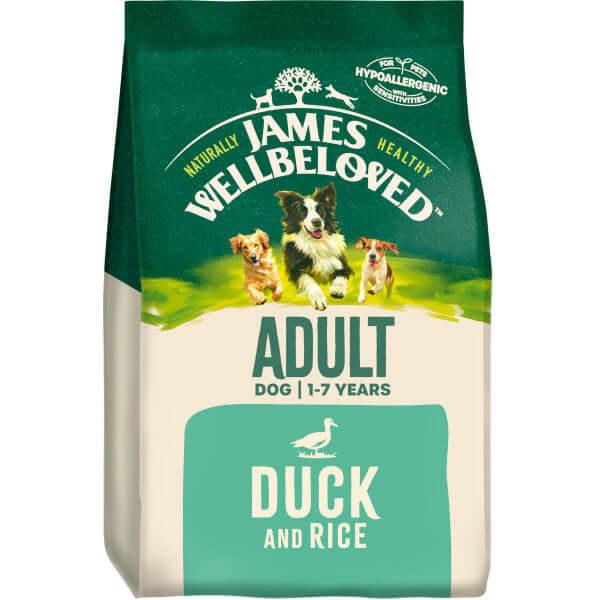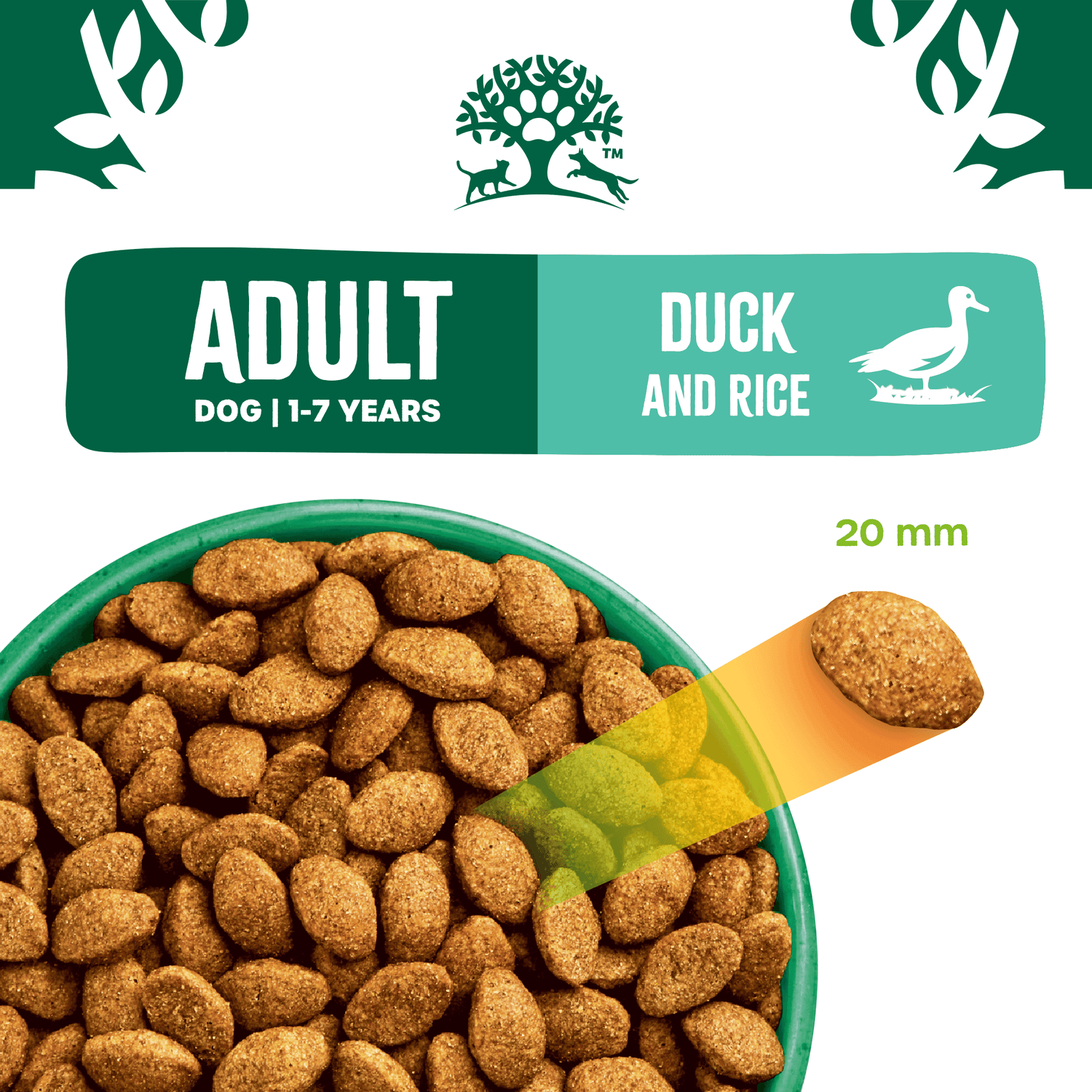Water is vital for all living creatures; especially for active and energetic ones like dogs. If your dog does not get enough water, they risk become dehydrated and may be unable to function properly. So, how much water is enough for your dog? James Wellbeloved offer some key tips and advice…
WHY DO DOGS NEED WATER?
Water serves many different functions in a dog’s body, including carrying nutrients to the cells, aiding digestion, ensuring healthy joints, protecting the dog’s insides, and removing waste from the body. Water forms a key part of every single bodily function and without sufficient water, your dog will quickly become dehydrated and can become seriously ill or even die if left untreated.
HOW MUCH WATER SHOULD A DOG DRINK?
Dogs get some of their water needs from food; especially wet food. Dry dog food does not offer much water, so if you feed them mainly dry food, you will need to take this into consideration. Aside from a healthy balanced diet, it is also vital to provide your dog with plenty of fresh, clean drinking water. However, dog owners should be aware that drinking too much water can also be dangerous – so getting the perfect amount is key. How much your dog drinks will depend on their size, age, diet, the amount of exercise they get in a day, and the temperature outside. However, on an average day, your dog should drink one ounce of water to every pound they weigh. If your dog takes medication for any health issues this may have an effect on the amount of water they need, so always check this with a vet.
SIGNS OF DEHYDRATION IN YOUR DOG
Dehydration is incredibly dangerous and can lead to much more serious health issues, including kidney damage, organ failure, or even death. To test if your dog may be dehydrated, gently grip the skin at the back of their neck in your hand. Stretch it, then let it go. If the skin takes a while to return to normal and seems to sag, your dog is likely dehydrated. A properly hydrated dog’s skin should return to normal quickly. A dog’s gums can also give away tell-tale signs of dehydration if they are pale, dry, or sticky. On hotter days your dog may pant or salivate more, which is a sign that they will need more water than usual.
TIPS AND ADVICE
Although you may not see your dog actually drinking from their water bowl that often, it is still important to try and monitor how much they drink each day. Keep the bowl in an easy-to-reach place such as by their bed or food bowl or consider having several around the house for easy hydration. You should also regularly check your dog’s water bowl, topping it up when needed. It’s a good idea to change water daily as well and refill the bowl with fresh water. If your dog is reluctant to drink from a dog bowl, some dogs find drinking from a special canine water fountain to be more appealing. If you are heading out for a walk, especially on a hot, sunny day, you should take some water with you for your dog to drink along the way. Many pubs offer water for hot dogs as well. You should also be mindful that dogs can have too much water. Signs of an over-hydrated dog include nausea, vomiting, confusion and lethargy, among others. This can happen to dogs who love swimming or playing in water. Although it may look cute when your dog drinks from the sprinklers, you need to bear this potential risk in mind. If your dog is drinking excessive amounts of water, it may also be a sign of an underlying problem such as a bladder infection. So, take care to monitor how much water your dog is ingesting, and if you are ever concerned about them under or over drinking, take them to see a vet immediately.


